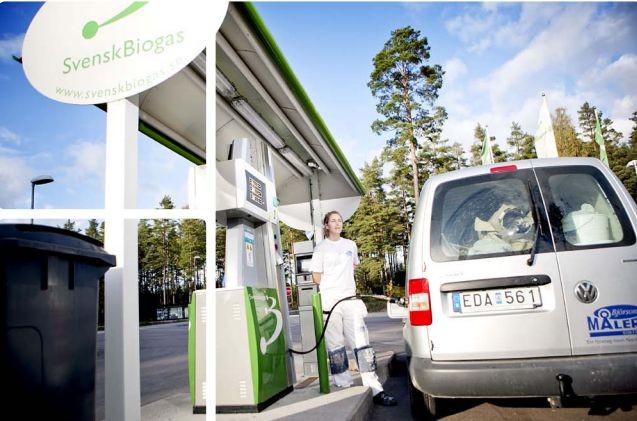Investment programs to stimulate municipalities’ environmental engagement
Environmental Initiatives in the local investment program (LIP) and the climate investment program (KLIMP) confirm that communities benefit from working with environmental issues. LIP and KLIMP have lasted over several years, and aimed to reduce environmental impacts, create and disseminate knowledge, and for enhancing the cooperation between municipalities for long-term climate work.

The challenge
It is important that municipalities and regions work together to address climate change and reduce environmental impacts. To achieve the Swedish climate objective and to reduce environmental impacts, measures must be taken.
The measure
To reduce environmental impacts, the Swedish parliament in 1998 made one of the largest individual environmental investments in Sweden. In the venture, the government allocated 6.2 billion SEK (€675 million)to support the local investment program, LIP. The purpose of the support was to use municipalities as the driving force to speed up the ecological transition and increase employment. In 2002, the LIP was replaced by climate investment program, the KLIMP. The Swedish parliament allocated 1.8 billion SEK (€196 million) in grant funding to support the KLIMP. The program started in 2012 with a main objective to reduce greenhouse gas emissions and energy consumption. This was done through projects that reduce environmental impacts, enhance cooperation on climate issues and dissemination of information and improve knowledge sharing about how climate challenges can be dealt with efficiently. The Environmental Protection Agency compiles annual reports, on behalf of the Swedish government. Measures within the LIP and KLIMP have been shown to have reduced greenhouse gas emissions by approximately two million tons per year. The measures have also reduced fossil energy use by 2.2 TWh per year and increased renewable energy by 1.6 TWh per year. The KLIMP also aimed to increase cooperation between municipalities and various other stakeholders. This has been done through the development of local and regional networking through seminars, field trips and conferences. The support to networks and partnerships has been particularly appreciated by many municipalities, and several of the networks continue to operate. The initiative has also contributed to long-term climate efforts, when municipalities had to develop local climate policies.
Lessons learnt
A success factor of the programs was that municipalities were used as an engine of environmental initiatives within the LIP and KLIMP. Local authorities themselves had to take the initiative to identify local environmental problems and find solutions, although they were a part of a larger project with common environmental goals.
Further deployment
The programs have contributed to increased experience and more awareness of environmental impacts. This experience can be utilized in future environmental and climate projects. The network also helps municipalities and regions to collaborate in the challenge to reduce environmental impacts. The full scale implementation of the concept has been assessed and evaluated positive. Hence, the concept is estimated to be level 9 on the GML scale.
Links:
The websiteThe Brochure